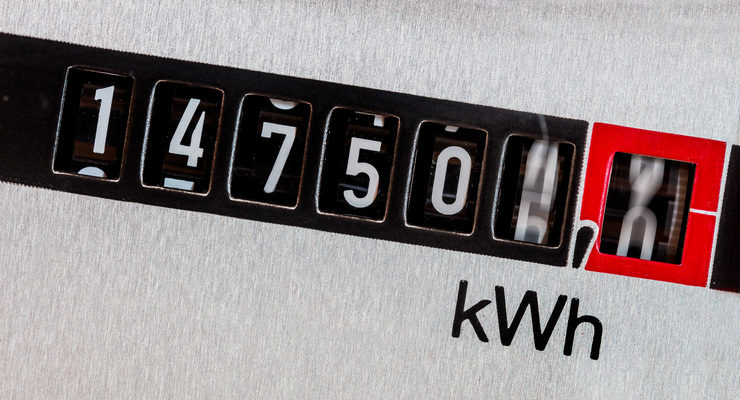
Installing a residential solar system is a costly investment but it brings the promise of incredible long-term cost savings and a carbon-smart, reliable energy future.
In its report to the Municipal Services Committee, on Tuesday, May 24, a Pasadena Water and Power official said there are several factors that would affect the payback periods including the electricity rates, the in-service date for the applicable Investment Tax Credit and future avoided energy charges.
For most Pasadena residents, it would take roughly 7.5 to 8 years to break even on solar panel investment, according to City Power Resource Planning Manager Robert Castro.
Castro said residential solar energy is approximately five times as expensive as utility-scale solar.
Residential rooftop solar costs $247/MWh (megawatt hour), commercial solar system costs $155/MWh, community solar system costs $100/MWh while the utility-scale solar system costs $51/MWh.
The huge difference in costs between utility-scale and residential rooftop solar is attributed to the “economies of scale and more efficient solar electric output.”
“The solar output of utility-scale solar results in a higher capacity factor than for rooftop solar (more energy per year per square meter). In addition, utility-scale solar allows for everyone to access solar power which from the standpoint of cost and equity may be an important consideration.”
“As electric grid modernization continues, distributed rooftop solar and centralized utility-scale solar will both continue to play a role in meeting renewable energy goals, but new costs and avoided costs will have to be shared to create an equitable future,” PWP’s report read.
According to PWP, aside from lowering electric bills, the installation of residential rooftop solar will help combat climate change, create energy independence and contribute towards a local green economy.
For more information regarding Pasadena’s solar initiatives, visit: https://ww5.cityofpasadena.net/water-and-power/psi/














 1 comment
1 comment



